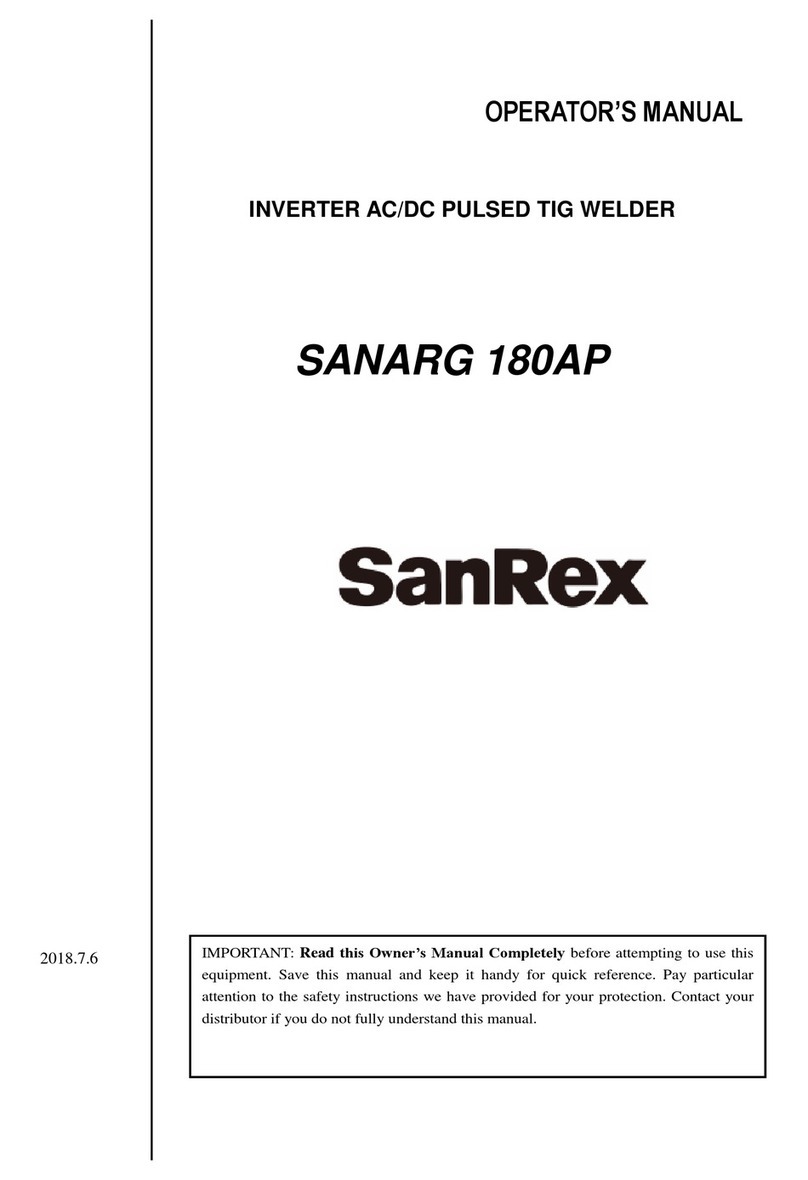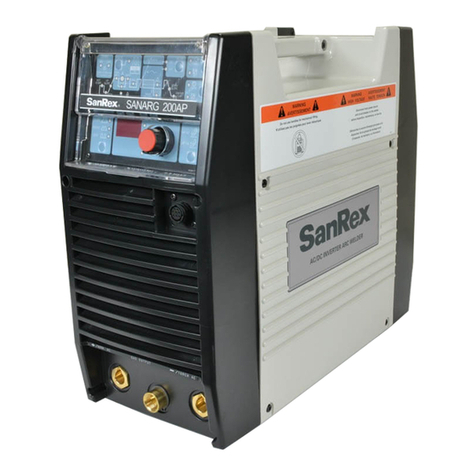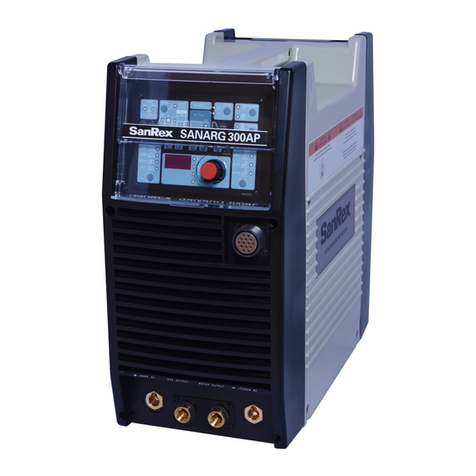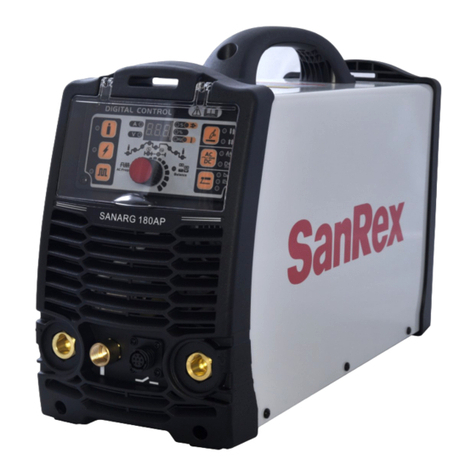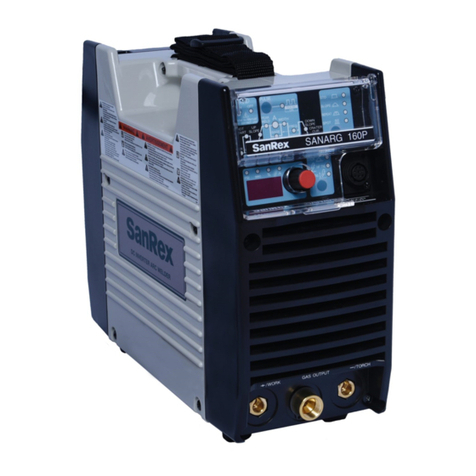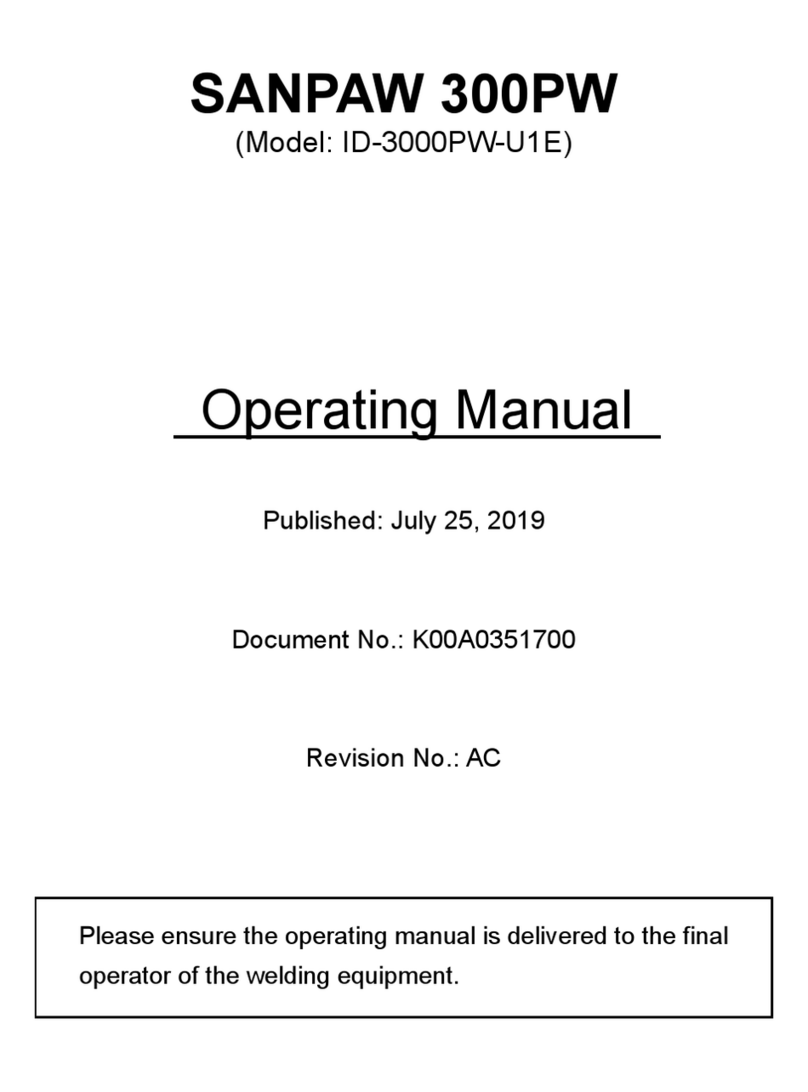II
CONTENT
§1 SAFETY --------------------------------------------------------------------------------------------------------- 1
§1.1 SIGNAL EXPLANATION -----------------------------------------------------------------------------------------1
§1.2ARC WELDING DAMAGE---------------------------------------------------------------------------------------1
§1.3 THE KNOWLEDGE OF ELECTRIC AND MAGNETIC FIELDS -------------------------------------------------5
§2 SUMMARY ----------------------------------------------------------------------------------------------------- 6
§2.1 BRIEF INTRODUCTION -----------------------------------------------------------------------------------------6
§2.2 MODULE EXPLANATION ---------------------------------------------------------------------------------------7
§2.3 WORKING PRINCIPLE-------------------------------------------------------------------------------------------7
§2.4 VOLT-AMPERE CHARACTERISTIC ----------------------------------------------------------------------------8
§3 INSTALLATION AND ADJUSTMENT------------------------------------------------------------------- 9
§3.1 PARAMETERS ----------------------------------------------------------------------------------------------------9
§3.2 DUTY CYCLE &OVER HEAT--------------------------------------------------------------------------------- 13
§3.3 MOVEMENTAND PLACEMENT ------------------------------------------------------------------------------ 14
§3.4 POWER SUPPLY INPUT CONNECTION------------------------------------------------------------------------ 15
§3.5 POLARITY CONNECTION(MMA)----------------------------------------------------------------------- 15
§3.6ASSEMBLING THE EQUIPMENT (TIG) ---------------------------------------------------------------------- 16
§4 OPERATION --------------------------------------------------------------------------------------------------18
§4.1 LAYOUT FOR THE PANEL ------------------------------------------------------------------------------------- 18
§4.2 CONTROL PANEL ---------------------------------------------------------------------------------------------- 21
§4.3ARGON ARC WELDING OPERATION ------------------------------------------------------------------------ 25
§4.3.1 TIG welding
(
4T operation
)
-----------------------------------------------------------------25
§4.3.2 TIG welding (2T operation) ------------------------------------------------------------------------26
§4.4 WELDING PARAMETERS ------------------------------------------------------------------------------------- 27
§4.4.1 Joint forms in TIG/MMA----------------------------------------------------------------------------27
§4.4.2 The explanation of welding quality----------------------------------------------------------------28
§4.4.3 TIG Parameters Matching--------------------------------------------------------------------------28
§4.5 OPERATION ENVIRONMENT --------------------------------------------------------------------------------- 30
§4.6 OPERATION NOTICES----------------------------------------------------------------------------------------- 30
§5 MAINTENANCE & TROUBLESHOOTING-----------------------------------------------------------31
§5.1 MAINTENANCE------------------------------------------------------------------------------------------------ 31
§5.2 TROUBLESHOOTING ------------------------------------------------------------------------------------------ 32
§5.3 ELECTRICAL PRINCIPLE DRAWING-------------------------------------------------------------------------- 35






